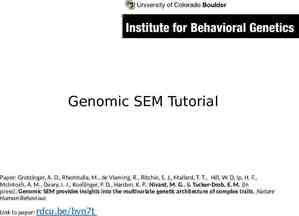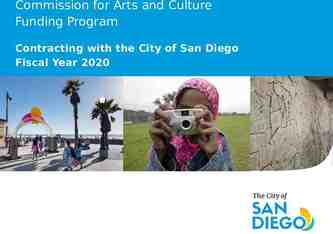Communicating effectively Kim Croasdale Sustainability Project Officer
31 Slides7.86 MB
Communicating effectively Kim Croasdale Sustainability Project Officer Department for Sustainability, NUS
The session The theories: How we communicate Getting your meaning across Listening In practice: Planning your message Engaging other staff Engaging students Keeping momentum going
When it goes wrong https://www.youtube.com/ watch?v oaGpaj2nHIo
The theories
How we communicate
Four objectives of communication To be received To be understood To get action To be accepted
Potentials for misunderstanding Bad choice of encoder Receiving hampered Confused intention Incorrect decoding
Selling the sizzle The Sausage: reconstituted meat stuffed tightly into intestines? The Sizzle: the sound of the sausage in the pan, the smell of the meat as it is cooking, the juices and the flavours from eating.
Climate Heaven vs Climate Hell Climate Hell: Rising sea levels, no more oil and therefore energy, electricity, warmth, no clean water, expensive bland food Climate Heaven: A world where the wind, sun and water supply our energy, there is no pollution, good healthy food and clean water in abundance, no landfill sites, A printer where everything is double-sided by default, that also scans and copies, that is a social point in the office?
Listening Hearing v. listening Hearing: act of perceiving sound by the ear; it happens automatically (unless someone is hearing impaired) Listening: something you consciously choose to do, requiring concentration so your brain processes meaning from words and sentences
The listening process Receiving Decoding Rememberin g Evaluating Responding
What are your listening habits? Tuning out of dry topics What’s in it for me? Tuning out if delivery is poor Judge content, skip delivery errors Entering into an argument too soon Wait until you fully understand before judging Listening for facts, not connecting the dots Listen for a central theme, not just facts Being inflexible in note taking Adjust to topic and pattern of content
How to succeed at listening Focus on the message Write down main points Understand the speaker’s point of view Provide feedback, ask for clarification Avoid distractions (physical, physiological, psychological, factual, semantic)
In practice
Getting the meaning across The Green Impact workbook is: Positive Encouraging Straightforward Easy-to-understand
It is based on models of behaviour change It encourages staff to take action through positive communications It enables staff to create change through giving them simple and easy to follow tasks It engages staff through competition and awards It exemplifies what can be achieved via peer to peer support
Planning your message S - Be Specific about what you want to achieve M - Ensure your result is Measurable A - Make sure it’s Appropriate R – Make sure it’s Relevant T - Make sure it’s Time-specific
Getting the word out to other staff Newsletters Notice boards Asking for ideas Interesting training Helpful for: commitment, public statements, integrate into long term operating plan, job descriptions, appraisal
Getting the word out to other staff
Engaging new staff Chat to your friends Invite them to Green Impact events or meetings Show them your achievements
Getting the word out to students Helpful for: widening your impact, long-term impact, curriculum review, establish an action plan.
Getting the word out to students (cont.)
Keeping momentum going Delegate tasks Mini competitions E.g. Greenie of the Month, plant growing competition Regular communications Personal stories
Your turn! 1. What are you planning on doing over the summer? Try to think of one broad but clear aim
A good aim “Improve feedback” “To critically assess the current feedback procedure in place at the university, identify the factors leading to negative experiences and improve these factors”
Your turn! 1. What are you planning on doing over the summer? Try to think of one broad but clear aim 2. Break that aim down into 3 SMART objectives
A good objective “Get feedback faster” “Get the university to commit to a 4 week minimum turnaround on feedback for written assessment.” A more specific PART of the aim
Your turn! 1. What are you planning on doing over the summer? Try to think of one broad but clear aim 2. Break that aim down into 3 SMART objectives 3. For each objective, write a SMART action plan
A template SMART action plan Objective Specific Measurable Achievable Resourcebased Time-based Get the university to commit to a 4 week minimum turnaround on feedback for written assessment Find out who puts guidelines in place for feedback timelines Measureable result: making contact Yes – achieved once measurable result is completed University website, personal tutors, admin offices, course reps Needs to be done by xxx Write a plan of how to back up your objective in an accessible and understandabl e way Measureable result: having a plan in place that everyone involved agrees with Yes – achieved once measureable result is completed and plan is disseminated Research on the usefulness of faster turnaround on feedback, could ask personal tutors and other students for their opinions Needs to be done by first meeting/di scussion with people who set guidelines
Don’t forget to feed back! Tell us: What’s gone well If you identify problems Ideas for improving organisation-wide sustainability or the workbook
Questions King’s lead: Sarah Hayes, [email protected] NUS Project Officer: Kim Croasdale, [email protected]




































